#Fruit Bats
Explore tagged Tumblr posts
Text

If Fluttershy had Whatsapp 🤣🤣🤣
#this might be the last one#pony posting#fluttershy#friendship is magic#twilight sparkle#few peeps liked the rainbow dash one either way#didnt need to put the YOU ARE GOING TO LOVE MEEEE image but i love it too much lmao#mlp gen 4#mlp#mlp fim#my little pony#rarity#pinkie pie#applejack#discord#zephyr breeze#angel bunny#fruit bats#princess cadance#rainbow dash#Twilight is trying to keep the cutiemark cruzaders from dying#whatsapp series
4K notes
·
View notes
Text





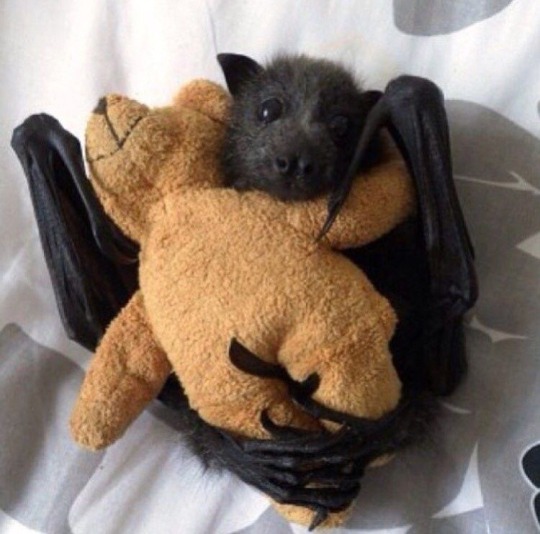

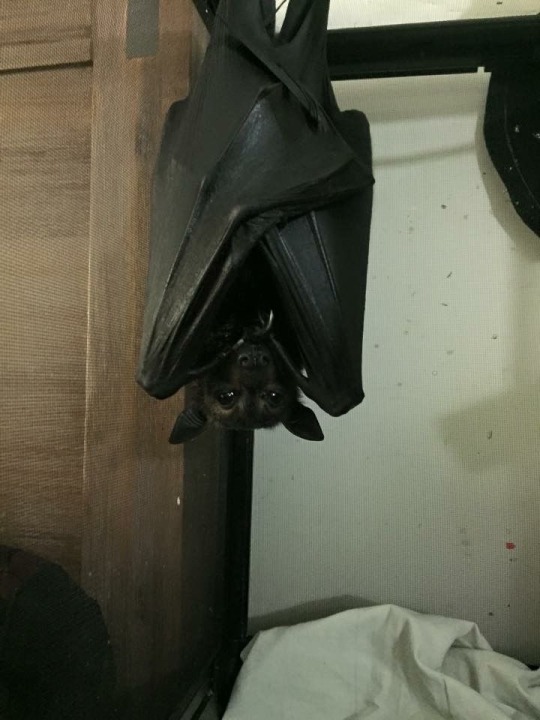
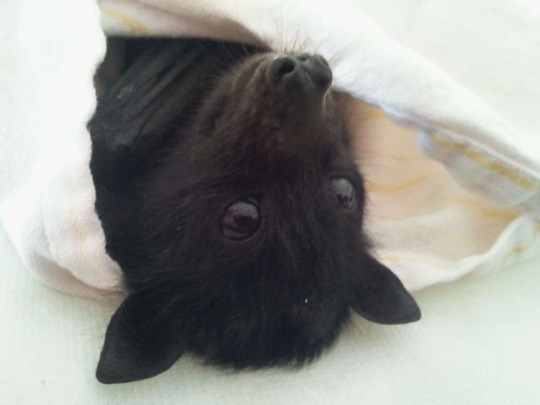
3K notes
·
View notes
Text


Albino Fruit Bats by AlbinoJackrabbit
189 notes
·
View notes
Text


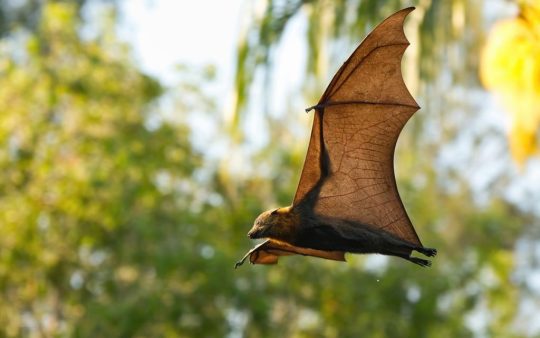
Get Foxy with the Grey-headed Flying Fox
Pteropus poliocephalus, better known as grey-headed flying foxes, are a species of megabat native to eastern Australia. They are typically found in rainforests, woodlands, and swamps, but they have also become common in more agricultural and urban areas, particularly those that maintain large groves of trees. They are semi-migratory, moving when food availability diminishes, and can travel over 1000 km (620 mi) over the course of a season.
Like most bats, grey-headed flying foxes forage at night. They feed exclusively on fruit, pollen, nectar, and tree bark-- most commonly from figs and two species of eucalyptus tree-- and may fly up to 50 km (31 mi) in a single night to find food. Although they are quite large, P. poliocephalus can fall prey to eagles, goannas and snakes, particularly as pups or juveniles.
Because they do not feed on insects, these bats do not use echolocation to navigate. Instead, they use a large range of calls to communicate with other members of their colony, which can contain several hundred members in the summer. Winter colonies are slightly smaller, and segregated by sex, but individuals and families within these groups will stay together for several generations.
Mating occurs between March and May, when males stake out territories and compete to attract females. After mating, mothers seclude themselves in a female-only colony and gestate a singe pup about 6 months after breeding. Weaning takes an additional 5-6 months, after which juveniles separate from their mother. Daughters typically stay within their mother's winter colony, while sons join the male colony after a year's time. Individuals take approximately 30 months to become fully mature, and may live up to 10 years in the wild.
The grey-headed flying fox is notable for being the largest of Australia's bat species. Adults can be anywhere from 600-1000 g (21.5- 35.2 oz), with a wingspan of up to 1 m (3.3 ft). As their name implies, the body is covered with burnt orange fur, and the face is large and fox-like, with none of the large ears or distinct nasal apparatuses that distinguish other bat species.
Conservation status: P. poliocephalus is considered Vulnerable by the IUCN. Populations are declining largely due to habitat destruction. Many individuals are also killed by farmers, who consider them to be pests.
Photos
Vivien Jones
Shane Ruming
Andrew Mercer
#grey-headed flying fox#Chiroptera#Pteropodidae#fruit bats#flying foxes#bats#mammals#tropical forests#tropical forest mammals#tropical rainforests#tropical rainforest mammals#deciduous forests#deciduous forest mammals#urban fauna#urban mammals#oceania#australia#east australia#biology#zoology#ecology#animal facts
78 notes
·
View notes
Photo
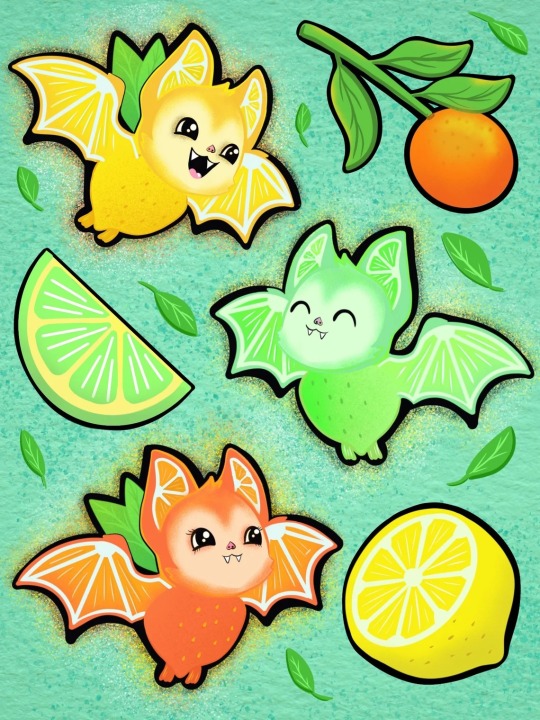
#bats#bat#fruit bat#fruit bats#lemon#lime#orange#citrus#green#neon#art#summer#halloween#summerween#august#2023#🍋#🍊#🦇#🎃
569 notes
·
View notes
Text

109 notes
·
View notes
Text
So just about every member of the Batfam is some kind of level of not straight/queer, right?
they're fruit bats
#dc#batman#detective comics#jason todd#nightwing#superbat#superwonderbat#Tim Drake#all of them really#I am an openly bisexual man that identifies as queer and can make this joke#fruit bats
326 notes
·
View notes
Text

Ice coffee <3
© 2023 Cuddly Bats
WEBSITE - INSTAGRAM - KO-FI
49 notes
·
View notes
Text
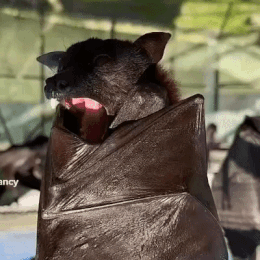
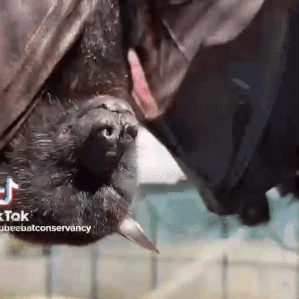
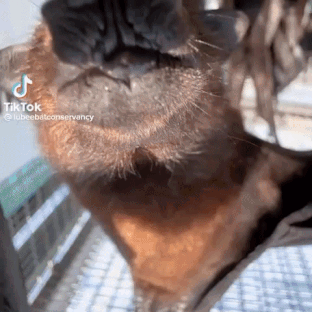
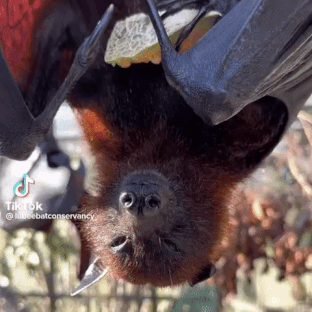
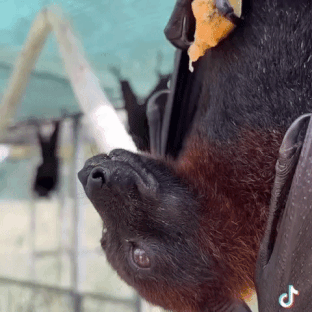
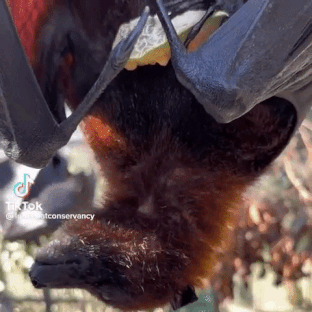


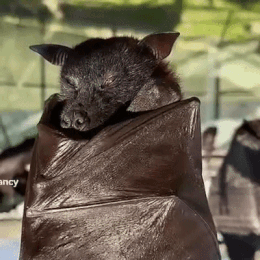
lubeebatconservancy on tiktok
🦇-🦇-🦇-🦇-🦇
668 notes
·
View notes
Text
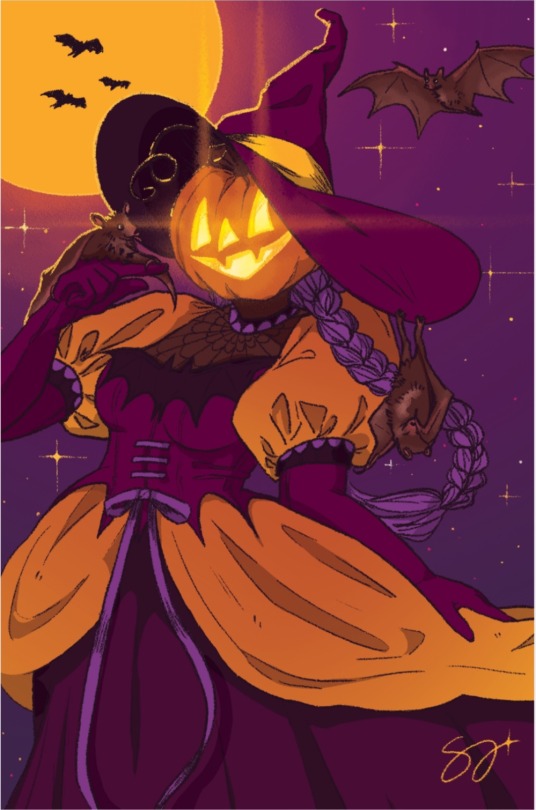
My Halloween illustration for this year


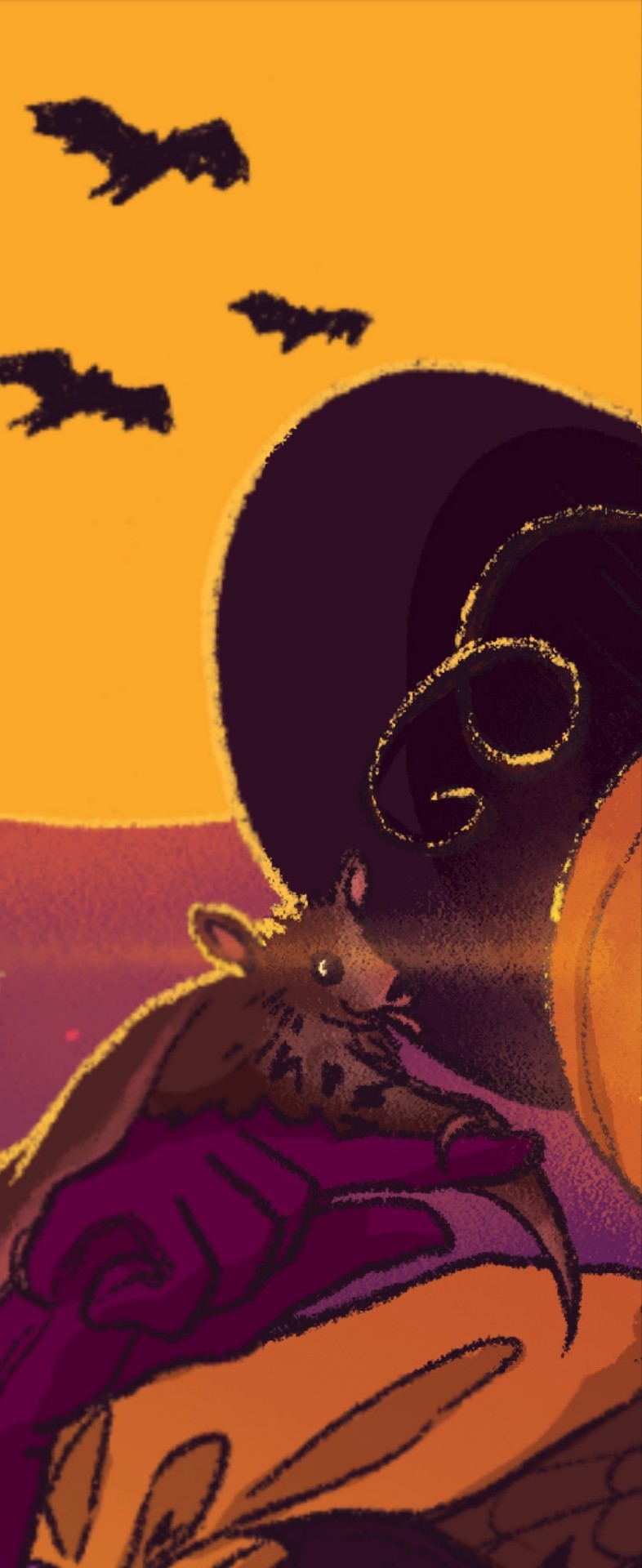
#halloween#witch#bat#pumpkin#bats#pumpkins#witchy#witches#happy halloween#pumpkin head#fruit bat#fruit bats
146 notes
·
View notes
Text
For #InternationalBatNight on a #Baturday 🦇:


Lin Onus (Australia, Yorta Yorta, 1948-1996)
1. Bats in Flight, n.d. Watercolour & gouache, 48.7 x 37 cm
2. Warrinya (Flying Foxes), 1993 Gouache on illustration board, 49 x 37 cm
“Onus…developed his signature style of incorporating photorealism with Indigenous imagery. It is a virtuoso effect, in which the landscape is overlaid with traditional Indigenous iconography, reflecting his strong ties with his father’s community at Cummergunja Mission, on the Murray River. Onus’s works from this period often have a riddling, Magritte-like quality.” https://www.artgallery.nsw.gov.au/collection/artists/onus-lin/
#animals in art#animal holiday#20th century art#painting#watercolor#Lin Onus#Australian art#Aboriginal art#Indigenous art#First Nations art#modern art#bat#bats#fruit bat#fruit bats#flying fox#flying foxes#Bat Night#International Bat Night#Baturday
34 notes
·
View notes
Text

Indian flying foxes rest on tree branches inside a temple complex at Kadambazhipuram village in the southern state of Kerala, India. They are also known as fruit bats due to their fondness for mangoes, guavas and bananas
Photograph: Sivaram V/Reuters
#sivaram v#reuters#photographer#indian flying foxes#bats#flying foxes#kadambazhipuram village#kerala#india#animal#mammal#wildlife#fruit bats#nature
24 notes
·
View notes
Text

It's Spectember again apparently so have some giant flightless fruit bats convergent with gorillas.
I don't even know what context and setting these guys would have evolved in so I guess I'll just leave it up to your imagination. 🤷♂️
#speculative biology#fantasy biology#creature design#speculative evolution#spectember#spectember 2024#flightless gorilla-bats#fruit bats#gorilla
21 notes
·
View notes
Text
These are my totem animals
22 notes
·
View notes
Text



14 notes
·
View notes
Text
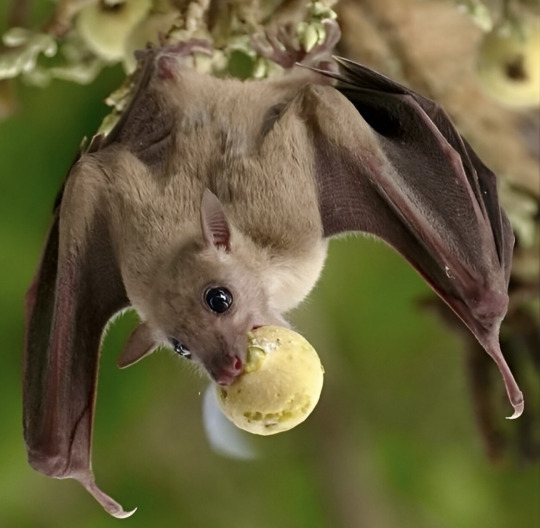
Excerpt from this story from EcoWatch:
Researchers from Tel Aviv University (TAU) have studied free-ranging fruit bats in a colony in Egypt to answer the long-standing question of whether animals have complex cognitive abilities previously thought to exist only in humans.
The study focused specifically on mental time travel, episodic memory, delayed gratification and planning ahead, a press release from TAU said.
“For many years, the cognitive abilities to recall personal experiences (episodic memory) and plan ahead were considered exclusive to humans. But more and more studies have suggested that various animals also possess such capabilities, but nearly all of these studies were conducted under laboratory conditions, since field studies on these issues are difficult to perform. Attempting to test these abilities in wild animals, we designed a unique experiment relying on the colony of free-ranging fruit bats based in TAU’s I. Meier Segals Garden for Zoological Research,” said Dr. Yossi Yovel, a lead researcher of the study and a professor in TAU’s School of Zoology and Sagol School of Neuroscience, in the press release.
The study, “Time-mapping and future-oriented behavior in free-ranging wild fruit bats,” was published in the journal Current Biology.
“Episodic memory is the memory of our individual experiences. In animals, people talk about episodic-like memory which is the ability to remember what-where and when an event happened. We show that bats remember how much time (when) passed since they visited a specific tree (what) at a specific location (where),” Yovel told EcoWatch in an email.
The research team surmised that bats who depend on fruit trees to survive would need to develop the ability to track food availability both spatially — where trees are located — and across time — when each tree produces fruit.
“We think that fruit bats map time in order to keep track of available fruit. For example, they know that if two weeks have passed since their last visit to one kind of tree, then there will be no food on that tree, but if only one week passed there might still be food. We show that they plan their visits according to such reasoning,” Yovel told EcoWatch.
To navigate landscapes with numerous nectar and fruit trees, the bats would also need to be able to mentally track resources so that they could revisit them at the right time.
16 notes
·
View notes